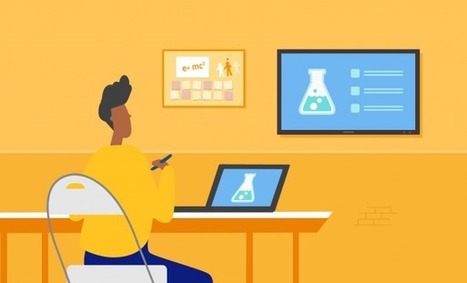Today, the classroom is much more dynamic and innovative than it used to be. While in years past, the classroom was seemingly immune to digitization, that’s no longer the case. Nearly every kid of every age has a smartphone and a digital-first mentality.
Some teachers have fully embraced EdTech in their classrooms, while for others, it’s a work in progress. We’re here to help you along. In this in-depth guide, we explore everything from education’s evolution to tips for making the most of technology in the classroom to current tools you can use to save time and improve the learning experience.
Via Elizabeth E Charles



 Your new post is loading...
Your new post is loading...








